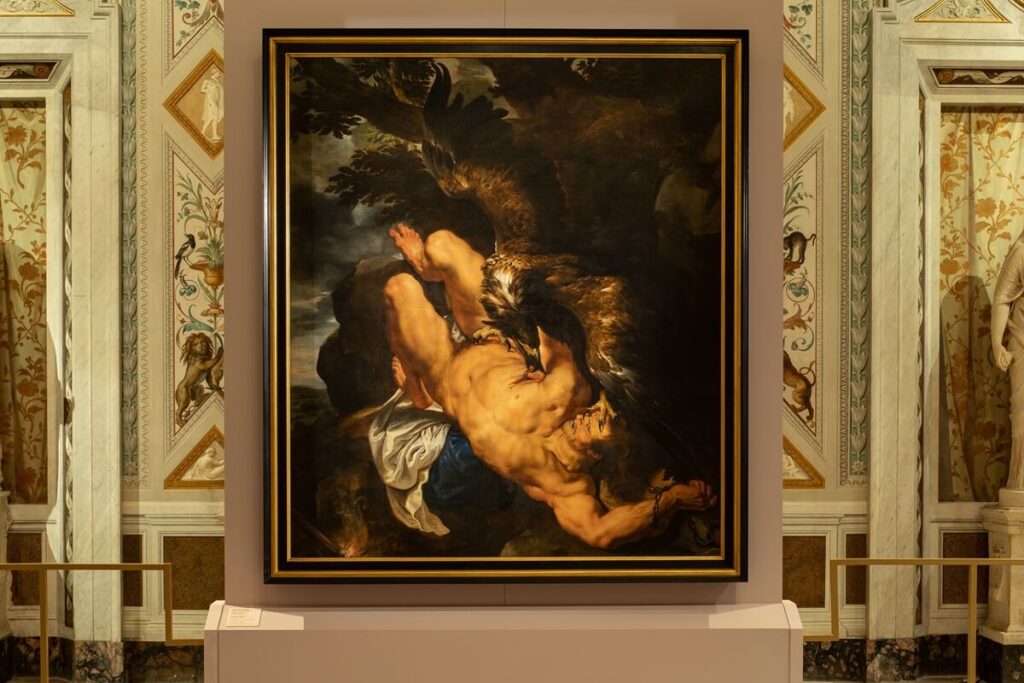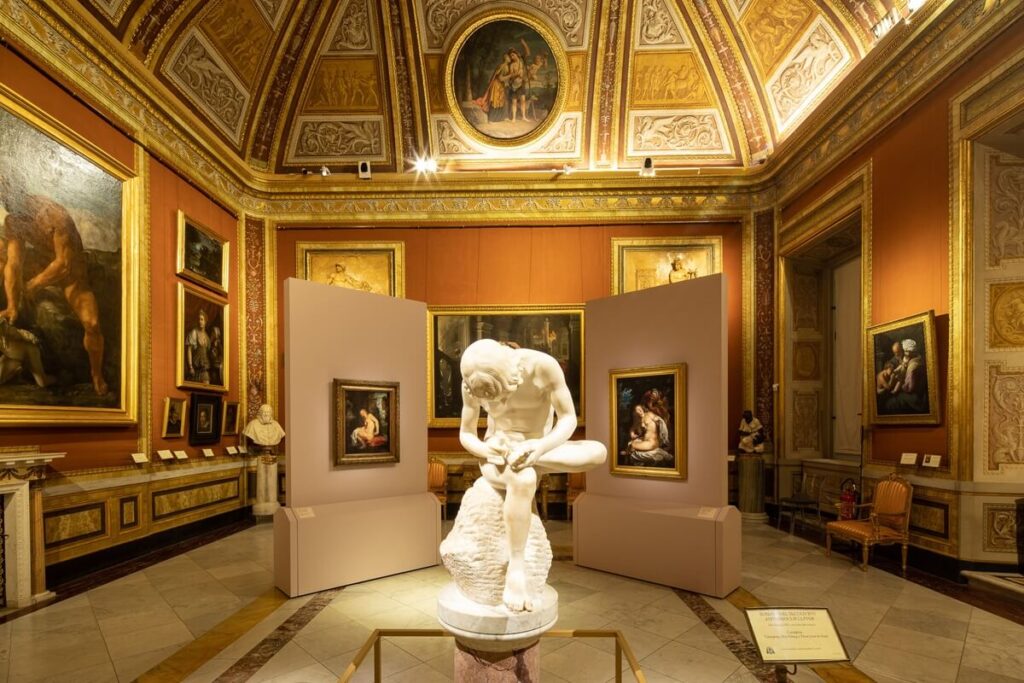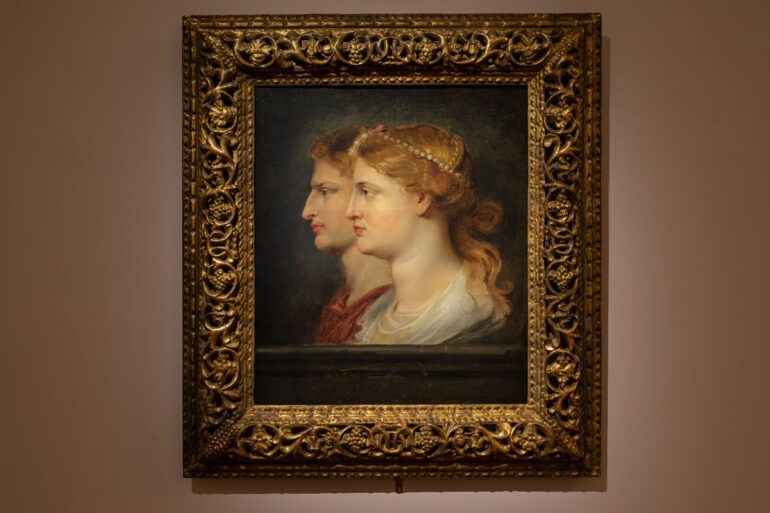The myth of Baroque and Rome
The artistic legacy of Peter Paul Rubens, one of the most celebrated Flemish artists of the seventeenth century, serves as a captivating prelude to the Baroque style. In this exhibition at the Galleria Borghese, curated by Francesca Cappelletti, Director of the Gallery, and Lucia Simonato, the profound influence and dynamic dialogue between Rubens and Italian masters like Bernini, Tiziano and Caravaggio take center stage.
About 50 works coming from world-known museums will be on display until February 18. The British Museum, the Louvre, the Met, the Morgan Library, the London National Gallery, El Prado and the Rijksmuseum of Amsterdam landed an impressive set of paintings, drawings and statues, all intricately linked to the thematic realms of naturalism and the reinterpretation of a glorious past.

Rubens and the Italian artistic scenery
Rubens’ oeuvre, strategically organized into eight thematic sections adjacent to the existing Gallery collections, introduces visitors to a fresh perspective on the Baroque era. The exhibition not only celebrates Rubens’ profound impact on the Baroque but also facilitates a nuanced exploration of his relationship with the Italian art scene, particularly with luminaries like Bernini, Tiziano, and Caravaggio.
The museum set allows visitors to reflect on the myth of the Baroque and learn more about Rubens’ relationship with the Italian artistic scene and with the city of Rome where he arrived in August 1601. A pivotal moment in his Roman sojourn was marked by a significant commission – three expansive paintings destined for the chapel of St. Helena in the Basilica of Santa Croce in Gerusalemme. These monumental works, alongside the curated ensemble, invite viewers to delve into the intricacies of Rubens’ artistic evolution and his symbiotic relationship with the city that played a pivotal role in shaping his creative trajectory.

Not to miss in this exhibition:
The Death of Adonis: blending both Classical and Flemish stylistic elements, this immense artwork brims with pathos and passion. Rubens intensifies the poignant scene by incorporating the three sorrowful Graces and the tearful Cupid, who, alongside the mourning Venus, mirror a Pieta-like tableau.
Agrippina and Germanicus: this double-profile image of the granddaughter of Emperor Augustus, and her husband, Germanicus (b. 15 BC), a prominent and highly lauded commander-in-chief in the Gallic and Germanic provinces of the Roman Empire, is one of the most vivid manifestations of Rubens’s interest in antique sculpture.
The Death of Seneca: Rubens crafted this distinctive pictorial theme in 1612, several years after observing an antique statue at the Villa Borghese in Rome in 1601. In the same section, visitors can find the drawing Bust of Pseudo-Seneca.


Until February 18, 2024
Piazzale Scipione Borghese, 5
Opening hours: Tuesday – Sunday, 9 am – 7 pm
Tickets: Regular €16, Reduced 18-25 years old €5
Obligatory-reservation charge, for all kinds of ticket €2
Educational activity for families:
Interactive path between Rubens and Bernini at the Borghese Gallery: every Saturday and Sunday at 4 p.m.
Cost is €5 per child and accompanying adult.






